“Do you know what Maria means?” one character says to another during the naming ceremony of the titular child. In typical arthouse movie fashion, the pair are interrupted before a reply can be offered. The seed of that question however has already been planted in the mind of the audience. Maria means “sea of bitterness”, or “sea of sorrow.”
For Maria Ebun Pataki is a story about a mother, Derin (Meg Otanwa), suffering from postpartum depression. The film follows her in the first few months after the delivery, a process that made Derin lose a lot of blood along with her womb. The film perfectly captures the disconnect she feels from her baby, along with the struggles that come with being in her state.
Spoiler Alert
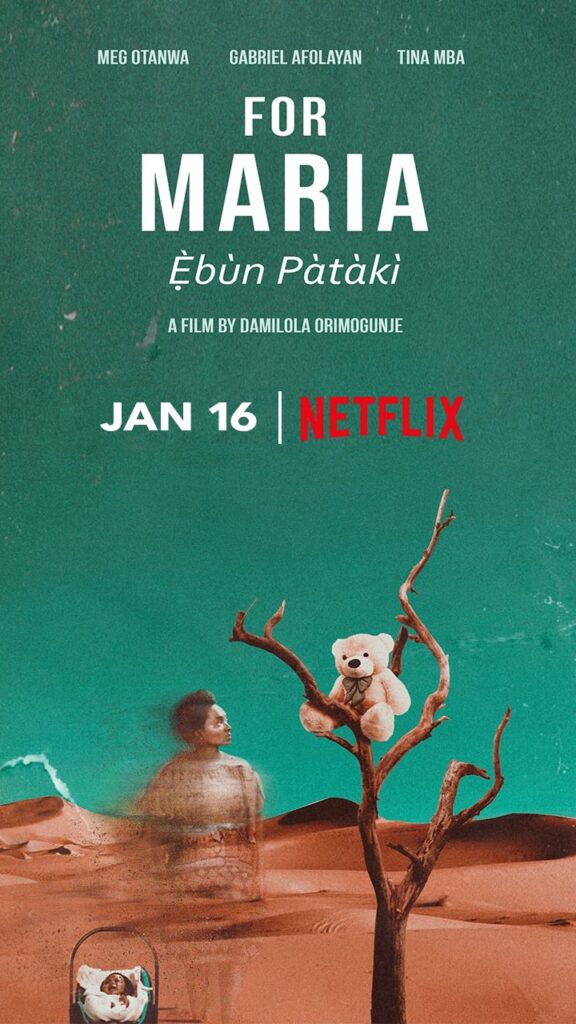
In For Maria, first-time feature director Damilola Orimogunje chooses to explore postpartum depression, a condition not given nearly enough attention in cinema both at home and abroad. And as depicted through the mother-in-law (Tina Mba), postpartum depression is not even a condition many people believe exists or are willing to accommodate.
The audience is not supposed to feel Derin’s pain. With a Kubrickian coldness, we are held at arm’s length, called to observe from a distance. What we are promised is not a deep character study but an exploration of a condition. The truth is many audience members have never experienced postpartum depression (and I imagine those who have are not interested in reliving it) and the movie is not exactly interested in putting us in the driver’s seat either; it is more informative than immersive.
There are scenes where Derin discovers the toll that being pregnant has taken on her body— giant clumps of her hair are falling out, her gums are bleeding and she has developed tinnitus, a ringing sound in her ears— and they feel straight out of a psychological horror film. The director chooses to keep these elements stripped down, however, refusing to play them up for effect, and for the most part, this works. The music is haunting and also gives the feeling of being in a horror movie.
There is a scene where the brilliance of Meg Otanwa’s performance can be truly appreciated. In that scene, the camera pans around, following her in the bathroom as she fetches a piece of nylon to tie around her belly. Otanwa sells Derin’s melancholy with every step, every movement of her arm, every shot of her borderline poker face which manages to speak volumes. The shower curtains in the bathroom as well as the tiles are a sickly blue colour, the hue of depression. In the final shot, Derin is still surrounded by blue, this time, tainted with the colour of ghastly death.
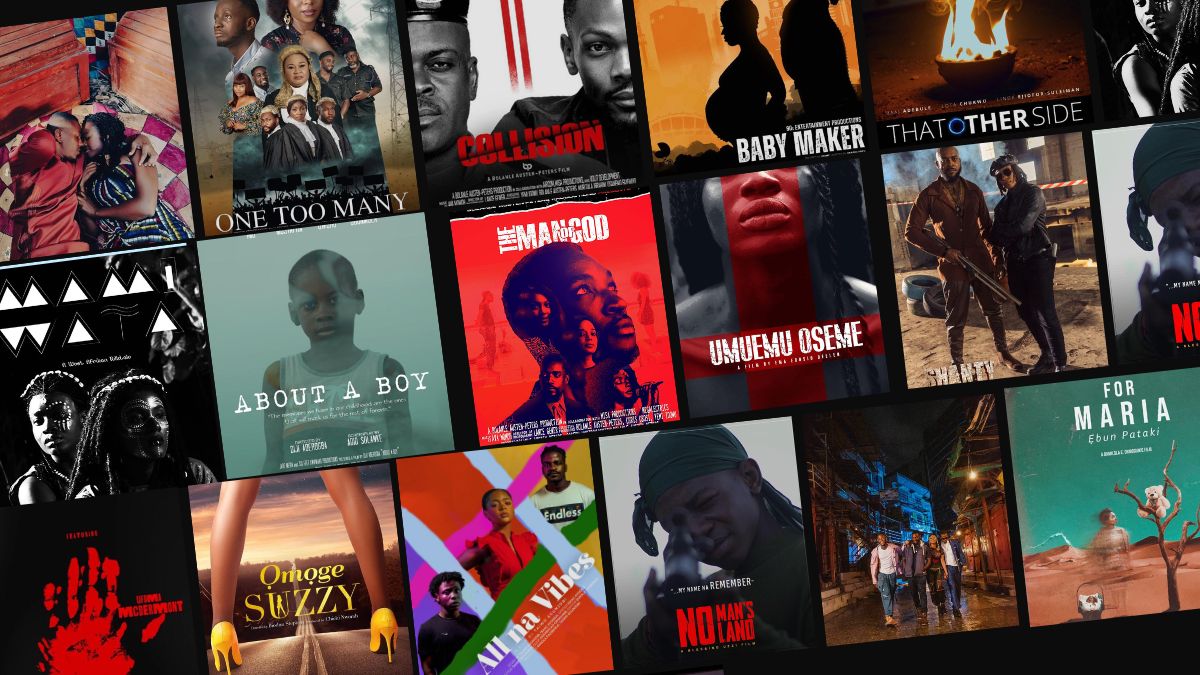 25 Most Anticipated Nollywood Movies Coming in 2022
25 Most Anticipated Nollywood Movies Coming in 2022
Another thing to be appreciated about the style is the restraint on the filmmakers’ part. The cinematography could have been frenetic, the movie could have been filled with Aronofsky-esque peculiarities such as extreme closeups and God’s eye views of characters but it eschews all of that. It also does away with melodrama or any surrealist elements like dream sequences and non-continuity editing. It chooses instead to keep the story and execution as lean as possible. In Schindler’s List, Spielberg reportedly did not use any crane shots in order to give the movie a timeless feel, to greatly reduce any form of overdramatization of the facts; he chose to keep the camera at eye level, literally grounding the audience’s point-of-view. Orimogunje makes similar choices in For Maria; it is a simple story, beautifully told, by a director with a good understanding of filmmaking tools.
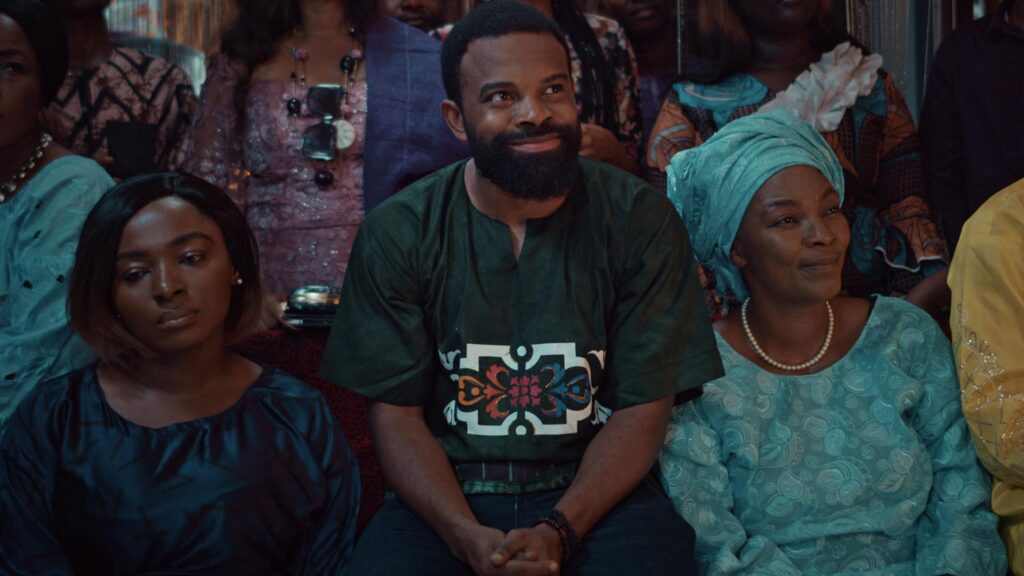
If there is any major critique of For Maria, it is that the movie could have taken more time to delve into the complex condition that is postpartum depression. It manages to show many facets of the condition but the scenes fail to build any considerable momentum and as such, the movie seems to limp to the finish line. It ends somewhat abruptly, leaving the audience blisteringly cold. Even if the filmmakers didn’t intend to immerse us in Derin’s pain, the absence of a climax doesn’t work well here. The movie begins and doesn’t seem to stop beginning and then all of a sudden, it ends. It might have been helpful for instance to witness the conflict between Derin and her mother-in-law come to a head.
By choosing to keep the story as lean as possible, the director aims for poignancy and while he does achieve it, this choice keeps the story from being as great as it could have been. I kept thinking of Lost in Translation (2003) when I was done with For Maria, which is a similar movie in that it centres on depression, exploring it in vignettes. However, where Sofia Coppola allowed the scenes to build up to a roaring crescendo, For Maria feels like it is afraid to play its music too loud on account of the neighbours. Like any debut, the movie is a bit rough around the edges but it is undeniable that Orimogunje has created something truly beautiful and admirable.
A director who understands the importance of silence, of letting us sit quietly with a character as opposed to cutting to a different shot every four seconds, is one we desperately need in Nollywood at the moment.
For Maria can be streamed on Netflix right now. This is one film we’ll be talking about for a long time.
Rating: 7.5/10
Share your thoughts in the comments section or on our social media accounts.
Keep track of upcoming films and TV shows with Google calendar.
Side Musings
- Gabriel Afolayan’s character felt one-note after a while but his performance is one of the many bright spots in For Maria.
- Take a sip of water every time someone says “Babe.” It’s dry season after all, a good time to stay hydrated.
For Maria Ebun Pataki is streaming on Netflix in select regions.

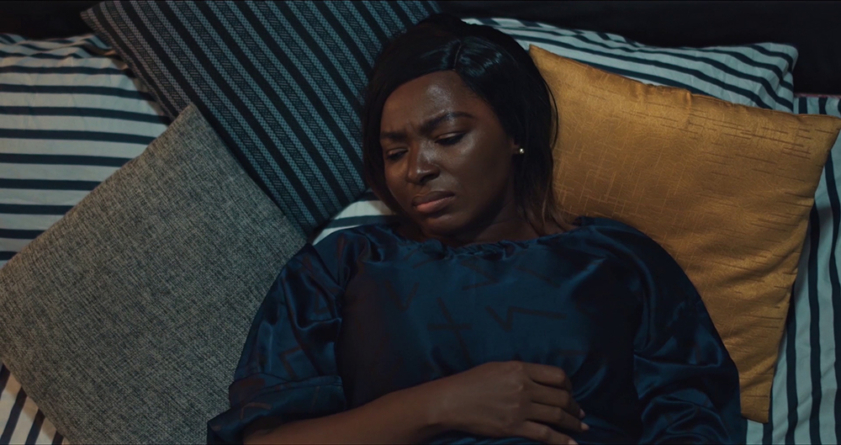
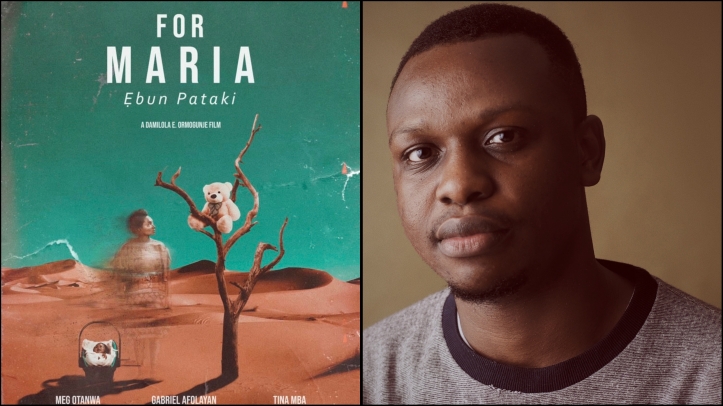
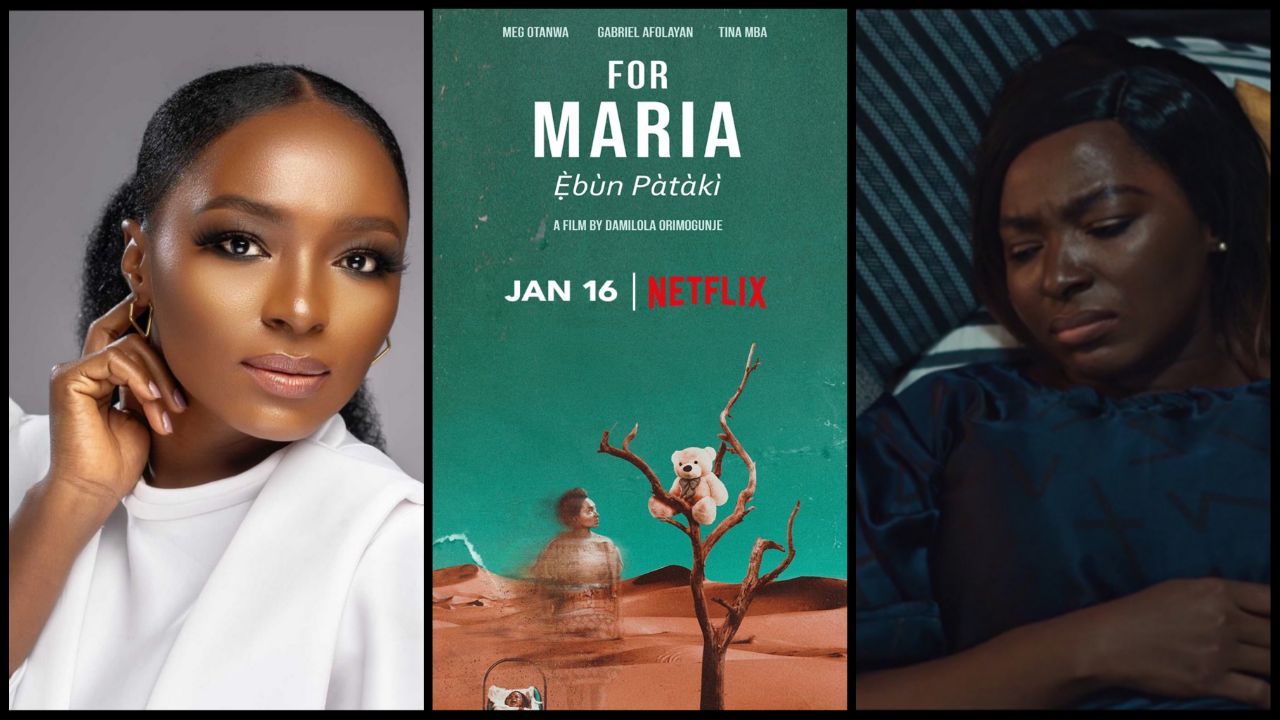

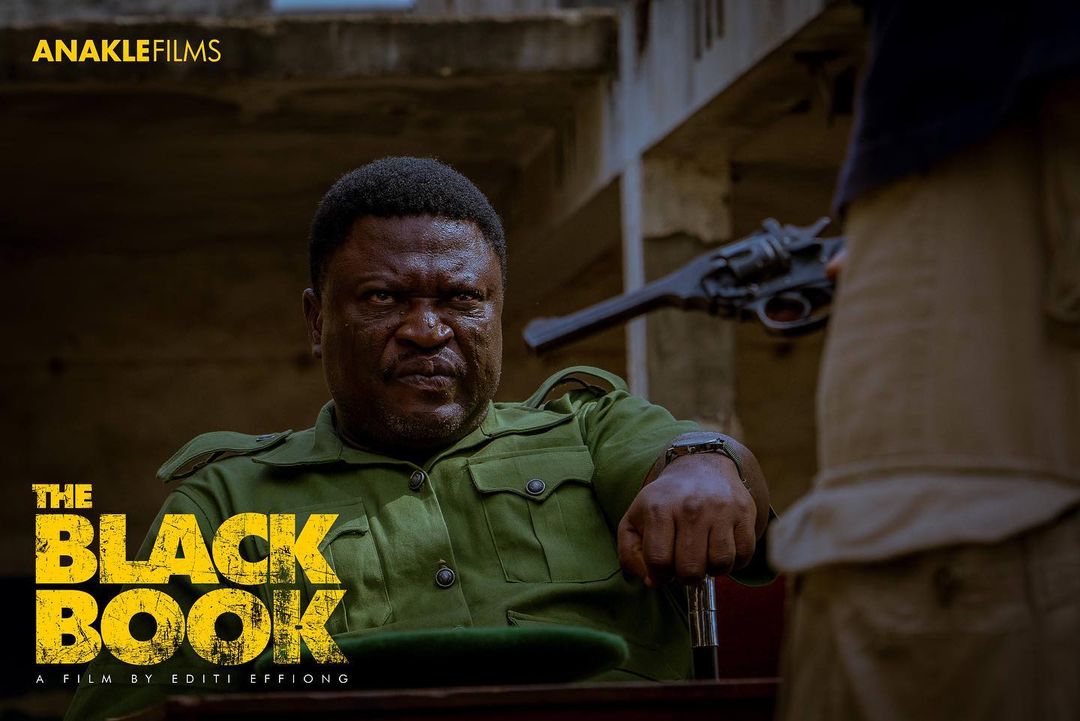

I hate this movie!!! What a bloody waste of my time and data!!!!😡😡😡 Post Partum depression is real and definitely be paid due attention, but if all mothers decide to take their own lives just cause they felt depressed after childbirth, do u know how many motherless children we’d have, how may home would be filled with sorrow and how many children and families would suffer???. There is no excuse to take your life! And certainly not because God chose to bless you with a child!! Ask women who’s waited endless years for just one child. They’d curse you for this movie!! The message is stupid, it’s selfish, it’s very discouraging!!! And the way it ends so abruptly! Whoever wrote this lacks depths and is a saddist!!! Mtcheeeeeew!!!
Maybe another filmmaker might just take the happy ending route. But life is not always a bed full of roses. And I dont think you fully understand post partum depression to judge its effects on a mother’s mental state.
The movie depicted what could happen in reality. It may not be the reality of people around you but you do not have enough data to assume that PPD is not enough to lead to suicide.
The ending was very poor. I only guess that she killed herself . What about the baby? Did she cry herself to death also?
In as much as postpartum depression is real, do family members persons with such conditions leaves the care of the baby to suck mother alone?